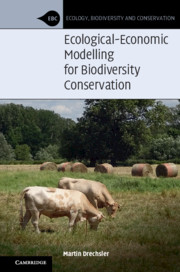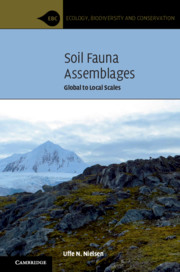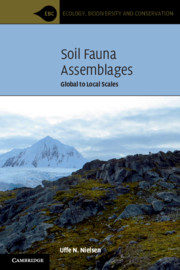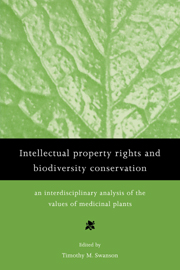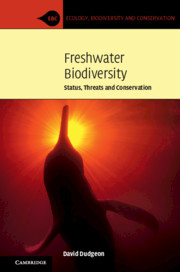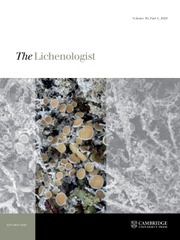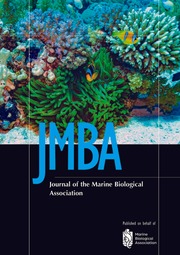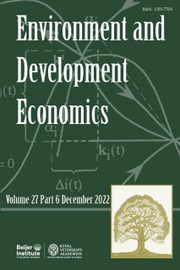Ecological-Economic Modelling for Biodiversity Conservation
Ecologists and economists both use models to help develop strategies for biodiversity management. The practical use of disciplinary models, however, can be limited because ecological models tend not to address the socioeconomic dimension of biodiversity management, whereas economic models tend to neglect the ecological dimension. Given these shortcomings of disciplinary models, there is a necessity to combine ecological and economic knowledge into ecological-economic models. Gradually guiding the reader into the field of ecological-economic modelling by introducing mathematical models and their role in general, this book provides an overview on ecological and economic modelling approaches relevant for research in the field of biodiversity conservation. It discusses the advantages of and challenges associated with ecological-economic modelling, together with an overview of useful ways of integration. Although being a book about mathematical modelling, ecological and economic concepts play an equally important role, making it accessible for readers from very different disciplinary backgrounds.
- Provides an overview on state-of-the-art concepts and approaches to ecological-economic modelling
- Contains many examples from the literature that illustrate the presented concepts and approaches and facilitate understanding of the respective other discipline(s)
- Presents a pragmatic problem-oriented approach to modelling in the field of biodiversity economics
Reviews & endorsements
‘… the book aims to give a comprehensive survey of useful mathematical methods relevant to environmental policy design. The author stops to explain core concepts and provide historical context where necessary.’ Chay Paterson, zbMATH
Product details
April 2020Hardback
9781108493765
312 pages
235 × 156 × 18 mm
0.62kg
51 b/w illus.
Available
Table of Contents
- Part I. Modelling:
- 1. What is a model?
- 2. Purposes of modelling
- 3. Typical model features
- Part II. Ecological Modelling:
- 4. Homogenous deterministic population models
- 5. Homogenous stochastic population models
- 6. Spatial population models
- 7. Models with individual variability
- 8. Models of biodiversity
- Part III. Economic Modelling:
- 9. Instruments for biodiversity conservation
- 10. Game theory
- 11. Incentive design
- 12. Modelling human decisions
- 13. The agglomeration bonus
- Part IV. Ecological-Economic Modelling:
- 14. Foundations of ecological-economic modelling
- 15. Benefits and challenges of ecological-economic modelling
- 16. Integration of ecological and economic models
- 17. Examples of ecological-economic modelling
- 18. Outlook.

